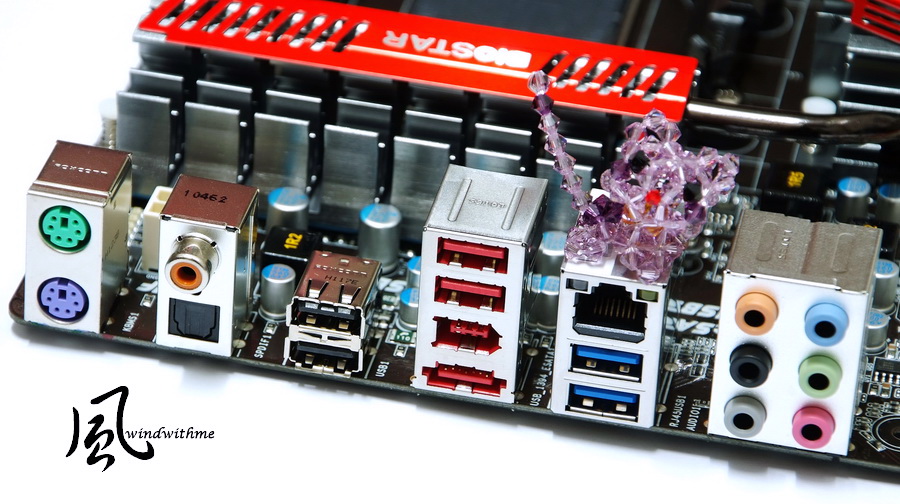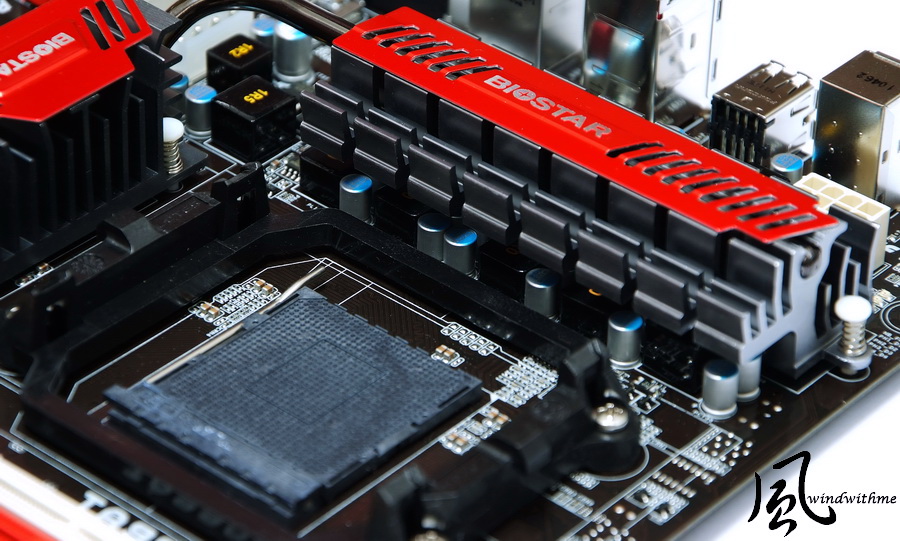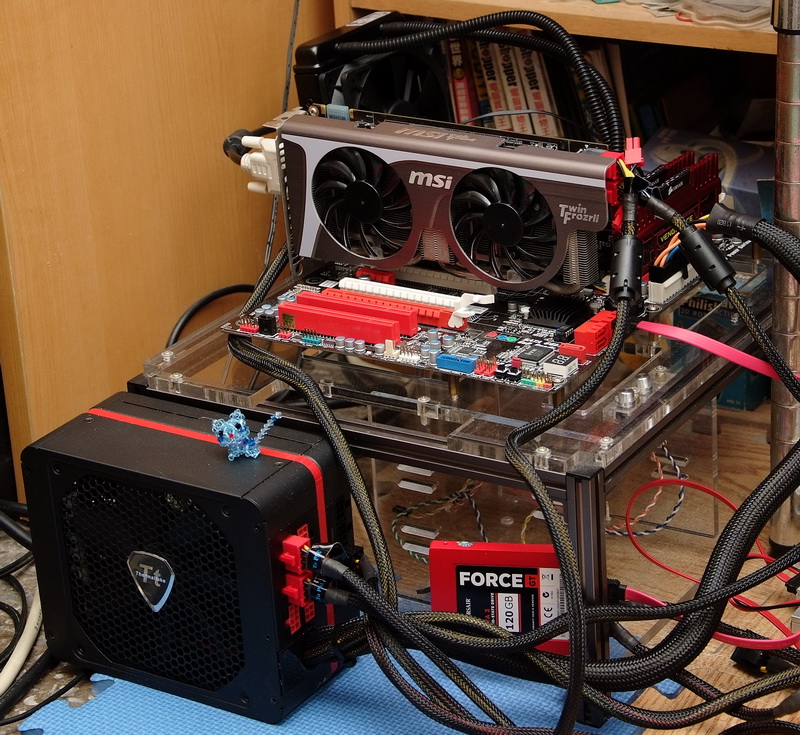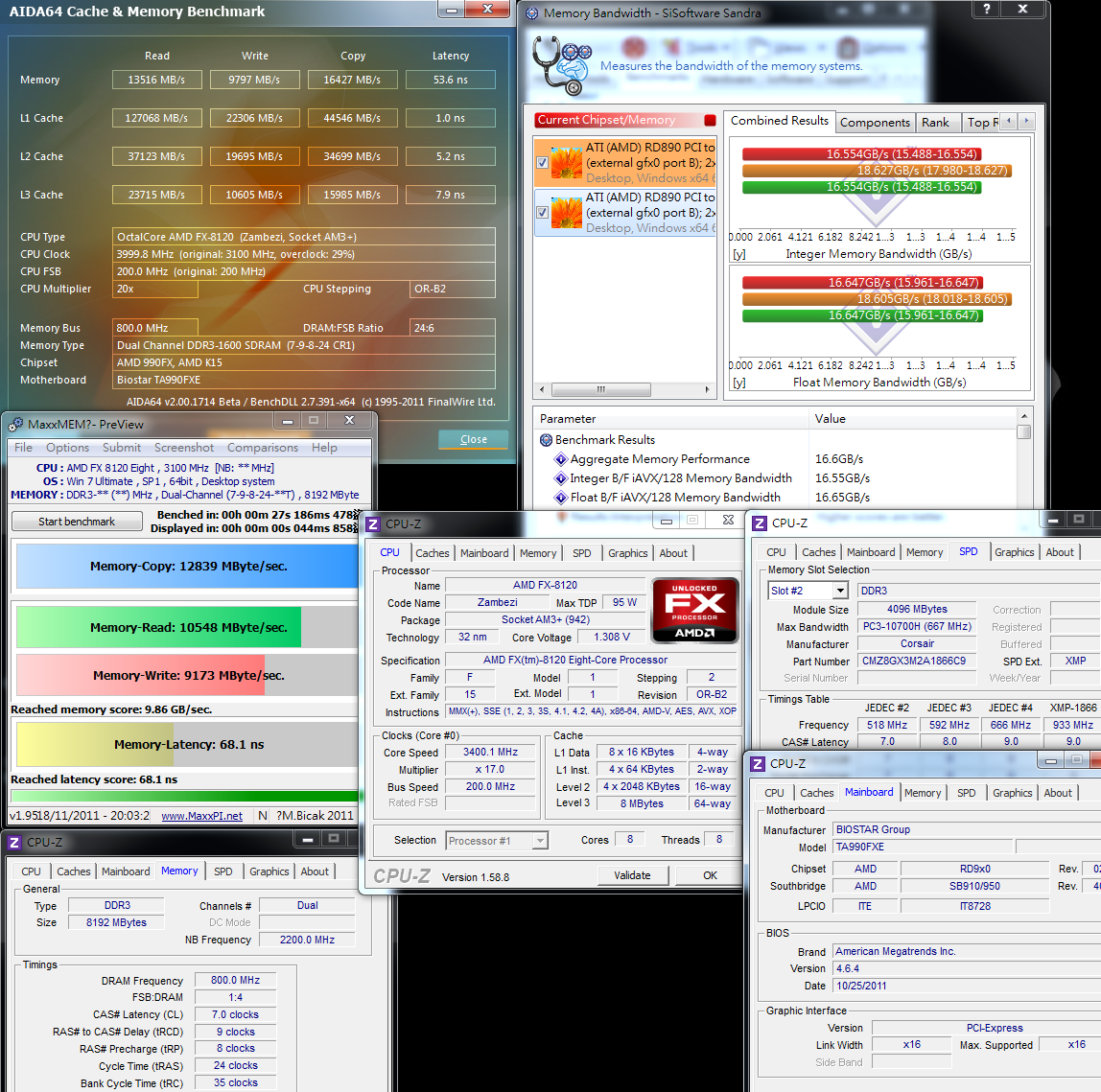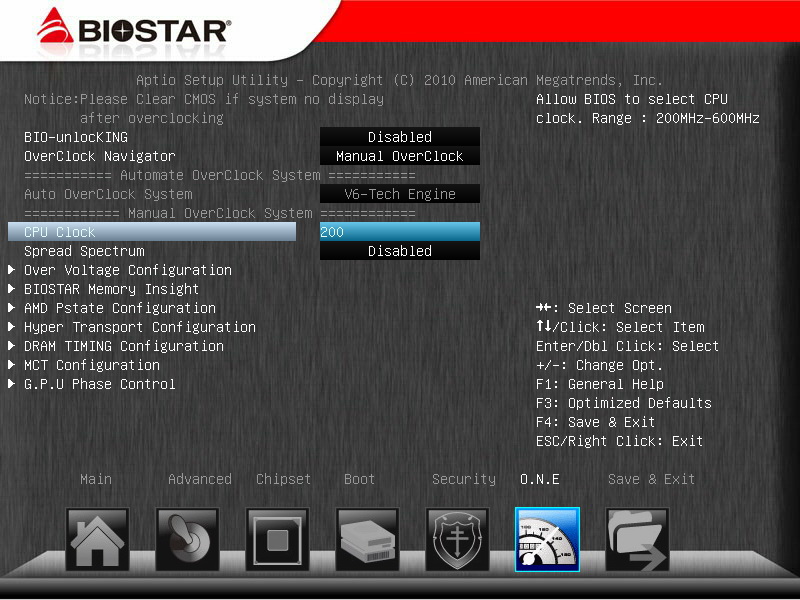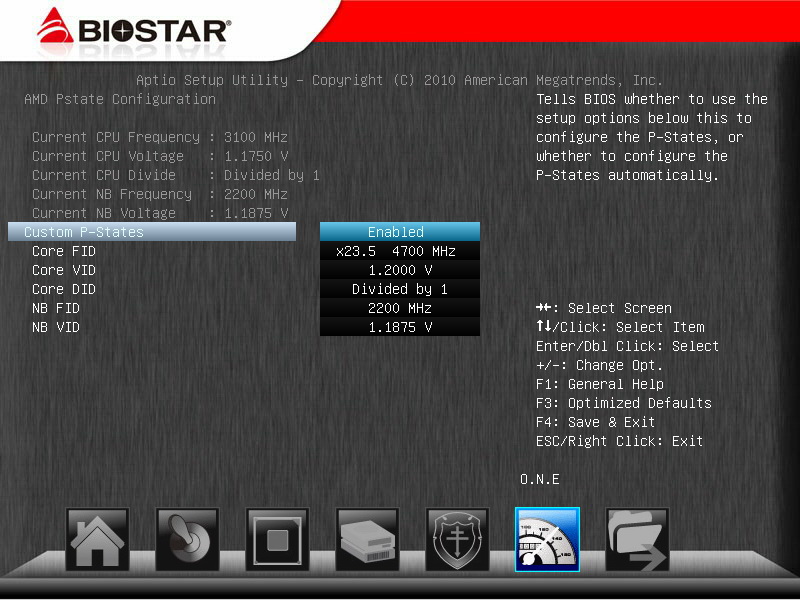windwithme
Limp Gawd
- Joined
- Apr 25, 2010
- Messages
- 433
During the second half of 2011, AMD has released two new architectures, one of which is FM1 APU platform released in early July.
This platform is mainly integrated with the built-in GPU in CPU by AMD for the first time, and the 3D performance thereof is greatly improved than before.
Regrettably, FM1 is incompatible with AM3+ pin under its own brand. I have already shared three articles about the test of FM1 platform.

FM1 mentioned above belongs to the product line of the medium-level or entry-level platform,
while Bulldozer is the new platform advanced than medium-level of AMD, which is a hot term on the Internet.
By following the design of the previous platforms, Bulldozers architecture adopts AM3+ pin.
CPU has three categories of 4-Cores FX-4100、6-Cores FX-6100 and 8-Cores FX-8120/FX-8150,
among which the two 8-Core categories are the most eye-catching. After all, they are the first products shown in the Desktop PC market.
After several delays, AMD Bulldozer is finally issued in the mid of October and has been sold on the market successively.
There is a lot of related information on the Internet and graphic magazines.
This time I bought an AMD FX-8120 Processor with 8-Cores, 32nm process and TDP of 95W.
The core name is Bulldozer, the clock is 3.2GHz and the specification from Turbo Core to 4.0GHz, L2 8MB and L3 8MB is supported.

The upper left is FM1 A8-3850, lower right is AM3+ FX-8120. The front side comparison between the CPUs of these two architectures

The rear side comparison
The left is FM1, and the right is AM3+. It can be obviously seen that the CPU pins of these two are incompatible.

Recently, some cyber friends mention that I shared little information about the CPU. Personally, I think CPU can be only described by specification and appearance photography.
As for other CPU information, it can be told from the software test below, which is the major part of this article.
Through the pictures of practical test, the CPU performance can be fully presented.
Therefore, this time I add the comparison of the two sides between the CPUs of these two AMD pins, thereby hopefully sharing more details about the CPU-related information.
Regarding the chipset, AMD provides the combination with the three types of 970, 990X and 990FX. 990FX was successively on shipment by major MB manufacturers in August.
FX-series CPU was however released in the mid of October, about over two months later. It is rare in the past PC market.
MB uses BIOSTAR TA990FXE, which is in red package, and belongs to the EXTREME EDITION version under its own brand.

Whole view of BIOSTAR TA990FXE
AMD adopts the dual-bridge chipset design as before instead of single chipset, combining the North bridge 990FX with the South bridge SB950.
This combination is the most advanced chipset of AMD, and most MB brands only release the ATX specification.

As for the color, it still uses black PCB, and other slots such as PCI-E or DIMM use red or white.
The advantage of white color is that it is conspicuous when installed in the PC.
Compared with the other advanced products that are just in black and red colors, it shows better texture.

Lower left of the motherboard
3*PCI-E 2.0*16, ATI CrossFireX technology supported, bandwidth *16+*16+*4
1*PCI-E*1
2*PCI
Atheros AR8151 network chip
Realtek ALC892 audio chip, 8 sound channels HD Audio supported

Lower right of the motherboard
5*red SATA, SB950 chip provided, SATA3 specification, and RAID0, RAID1, RAID5 and RAID10 supported
Blue is the front USB 3.0 expansion slot, simple Power, Reset button, built-in Debug LED

Upper right of the motherboard
4*DIMM DDR3, support 800/1066/1333/1600/1866/2000(OC), with the maximum capacity as 16GB.
DDR3 2000 can be only achieved by CPU OC external frequency. The next is 24-PIN power input.

This platform is mainly integrated with the built-in GPU in CPU by AMD for the first time, and the 3D performance thereof is greatly improved than before.
Regrettably, FM1 is incompatible with AM3+ pin under its own brand. I have already shared three articles about the test of FM1 platform.

FM1 mentioned above belongs to the product line of the medium-level or entry-level platform,
while Bulldozer is the new platform advanced than medium-level of AMD, which is a hot term on the Internet.
By following the design of the previous platforms, Bulldozers architecture adopts AM3+ pin.
CPU has three categories of 4-Cores FX-4100、6-Cores FX-6100 and 8-Cores FX-8120/FX-8150,
among which the two 8-Core categories are the most eye-catching. After all, they are the first products shown in the Desktop PC market.
After several delays, AMD Bulldozer is finally issued in the mid of October and has been sold on the market successively.
There is a lot of related information on the Internet and graphic magazines.
This time I bought an AMD FX-8120 Processor with 8-Cores, 32nm process and TDP of 95W.
The core name is Bulldozer, the clock is 3.2GHz and the specification from Turbo Core to 4.0GHz, L2 8MB and L3 8MB is supported.

The upper left is FM1 A8-3850, lower right is AM3+ FX-8120. The front side comparison between the CPUs of these two architectures

The rear side comparison
The left is FM1, and the right is AM3+. It can be obviously seen that the CPU pins of these two are incompatible.

Recently, some cyber friends mention that I shared little information about the CPU. Personally, I think CPU can be only described by specification and appearance photography.
As for other CPU information, it can be told from the software test below, which is the major part of this article.
Through the pictures of practical test, the CPU performance can be fully presented.
Therefore, this time I add the comparison of the two sides between the CPUs of these two AMD pins, thereby hopefully sharing more details about the CPU-related information.
Regarding the chipset, AMD provides the combination with the three types of 970, 990X and 990FX. 990FX was successively on shipment by major MB manufacturers in August.
FX-series CPU was however released in the mid of October, about over two months later. It is rare in the past PC market.
MB uses BIOSTAR TA990FXE, which is in red package, and belongs to the EXTREME EDITION version under its own brand.

Whole view of BIOSTAR TA990FXE
AMD adopts the dual-bridge chipset design as before instead of single chipset, combining the North bridge 990FX with the South bridge SB950.
This combination is the most advanced chipset of AMD, and most MB brands only release the ATX specification.

As for the color, it still uses black PCB, and other slots such as PCI-E or DIMM use red or white.
The advantage of white color is that it is conspicuous when installed in the PC.
Compared with the other advanced products that are just in black and red colors, it shows better texture.

Lower left of the motherboard
3*PCI-E 2.0*16, ATI CrossFireX technology supported, bandwidth *16+*16+*4
1*PCI-E*1
2*PCI
Atheros AR8151 network chip
Realtek ALC892 audio chip, 8 sound channels HD Audio supported

Lower right of the motherboard
5*red SATA, SB950 chip provided, SATA3 specification, and RAID0, RAID1, RAID5 and RAID10 supported
Blue is the front USB 3.0 expansion slot, simple Power, Reset button, built-in Debug LED

Upper right of the motherboard
4*DIMM DDR3, support 800/1066/1333/1600/1866/2000(OC), with the maximum capacity as 16GB.
DDR3 2000 can be only achieved by CPU OC external frequency. The next is 24-PIN power input.

![[H]ard|Forum](/styles/hardforum/xenforo/logo_dark.png)

